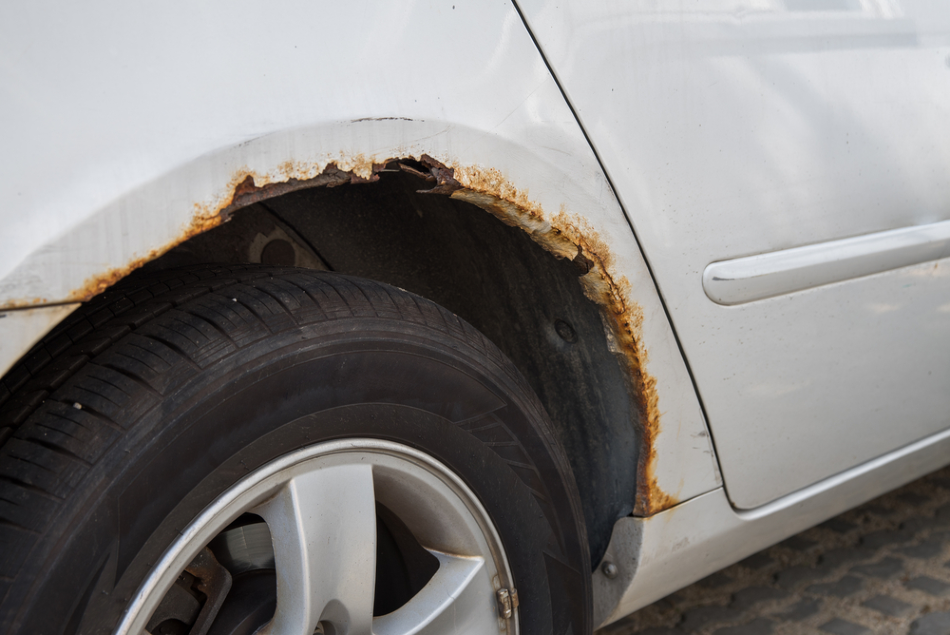Feb 21 2001

Image Credit: Ju Jae-young/Shutterstock.com
Updated on 12/02/2020 by Jo Finchen-Parsons
Uniform corrosion tends to occur when some surface regions become anodic for a short period, but their location and that of the cathodic regions constantly change. General rusting of mild steel will take place when there is a uniform supply of oxygen available across the surface of the steel and there is a uniform distribution of defects in the oxide film, which is typical for non-protective films that are formed on unalloyed steel.
In the absence of areas of high internal stress, such as cold-worked regions, or segregated zones, such as non-uniform distributions of sulfide inclusions, a number of anodic regions will develop across the surface. Some areas will become less active while new anodic regions become available. Therefore, the overall attack takes place at a number of anodic sites whose positions may change, leading to general rusting across the surface.
If the supply of oxygen is not uniform across a given surface, such as within a crevice, at a joint or beneath a surface deposit, any regions that are depleted in oxygen will become anodic. In the event this occurs, the remainder of the surface that has oxygen available to it will act as a large cathodic area. When the cathodic area is so much larger, a severe local attack will occur in the small anodic region, which can result in the perforation of a container or local loss of load-bearing capacity in structural members.
Crevice Corrosion in Road Vehicles
In road vehicles, local corrosion damage caused by road dirt, such as when a vehicle passes through salted roads, that is trapped inside bodywork. This provides an all too familiar example of the effects of differential aeration. Likewise, in partly filled tanks, corrosion becomes concentrated just below the waterline because there is a pronounced fall in the oxygen availability and a short electron path to the water level where hydroxyl ions are formed.
Design to Prevent Crevice Corrosion
Crevice and deposit forms of corrosion can be minimized by correct design, such as through the sealing of joints, as well as by the prevention of deposits or fouling through efficient maintenance and water treatment. The rate of oxygen supply will govern the mechanism and rate of rusting. Differences in oxygen concentration can result in highly localized damage. Without oxygen, the cathodic reaction could not take place; therefore in closed environments, such as boiler and heating systems, treating feedwaters to remove the oxygen reduces the corrosion rate. In other systems where the water is in contact with air, corrosion may be reduced by adding anodic or cathodic inhibitors to the water.
Cathodic and Anodic Inhibitors
Cathodic inhibitors promote insoluble deposits that have an insulating effect and block the flow of electrons, thereby limiting the cathodic reaction and hence anodic dissolution. Anodic inhibitors assist film repair over the metal at anodic sites to ultimately passivate these areas. When using anodic inhibitors, it is vital to maintain their correct concentration because if the anodic sites are not completely blocked then the remaining exposed anodic area will be much smaller than before. The cathodic reaction is not affected and this will give higher current densities at the anode sites, causing a highly localized attack called pitting that can eventually lead to rapid perforation of sections.